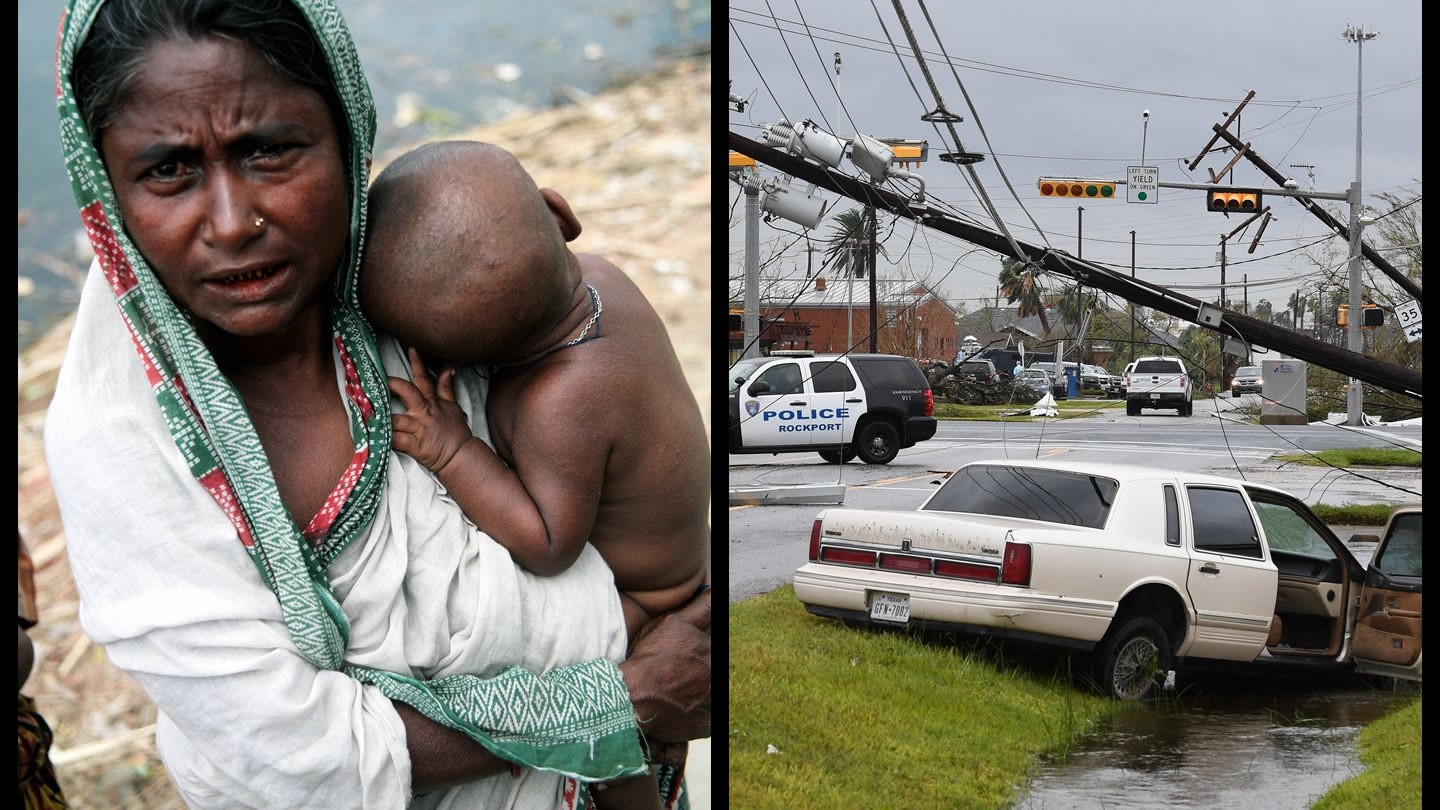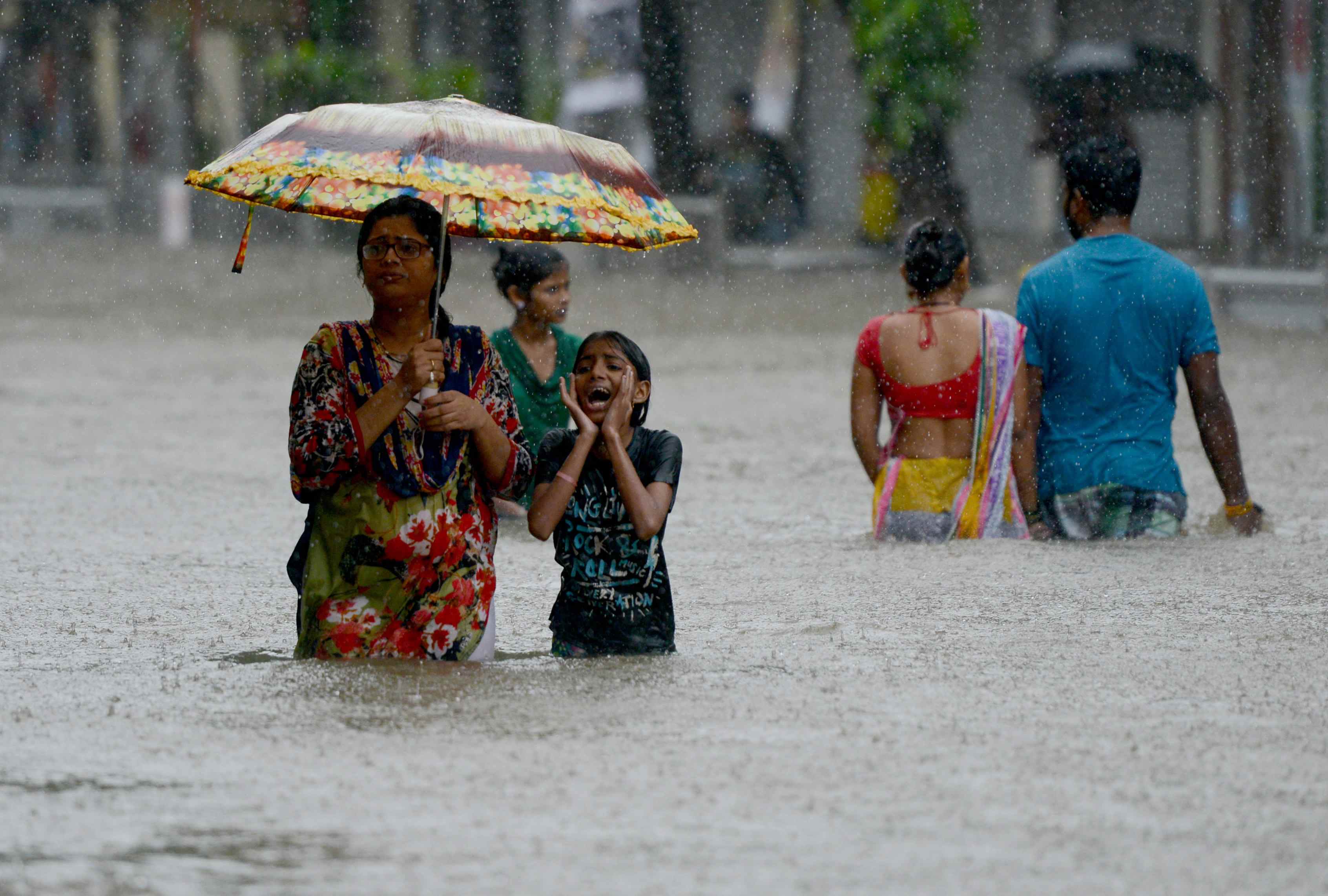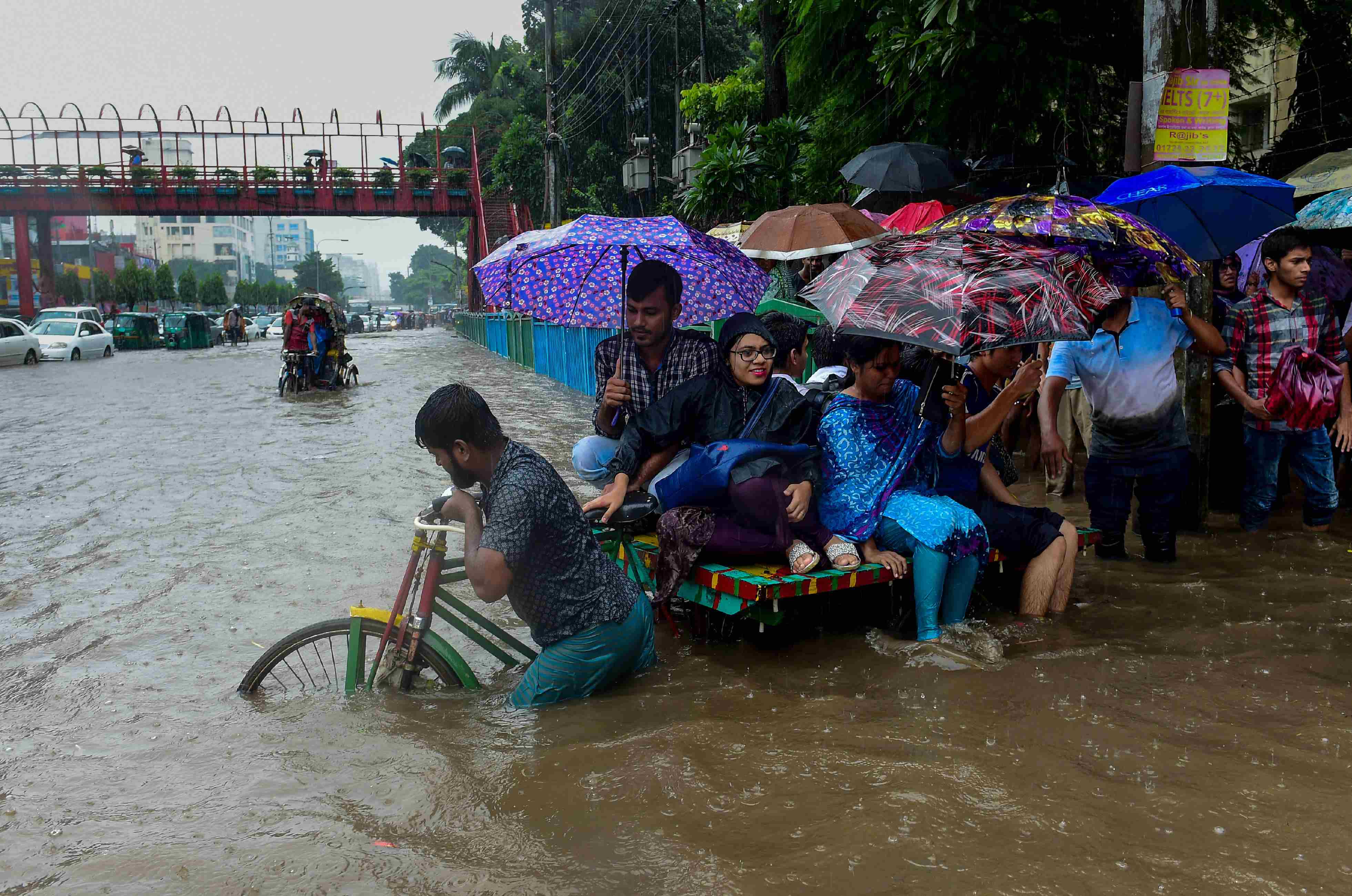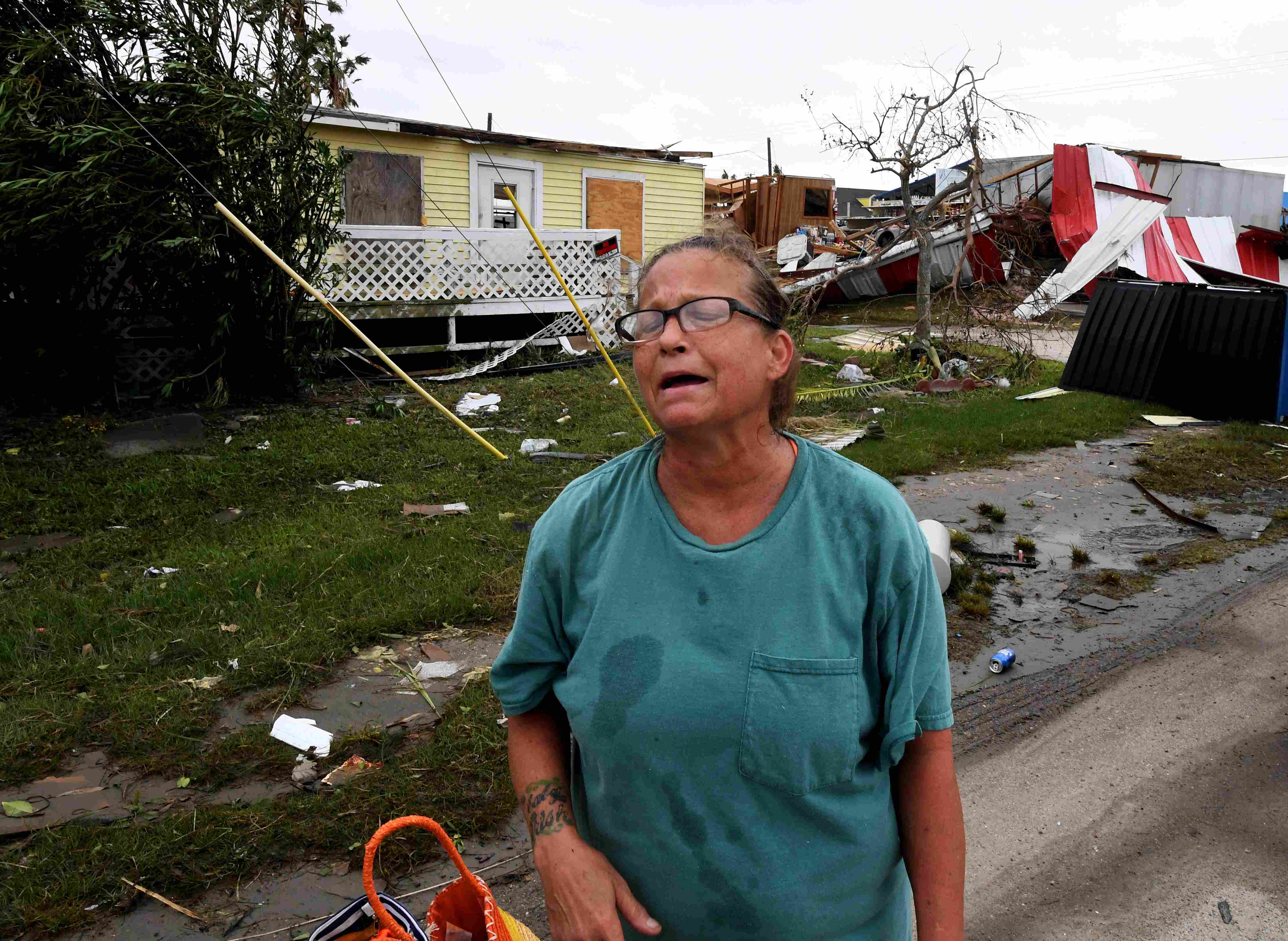
World
16:10, 03-Sep-2017
Forgotten disaster: Media quiet on South Asia floods as Hurricane Harvey grabs headlines
CGTN

Summer 2017 has seen devastating natural disasters around the world, with international media focusing on the impact of Hurricane Harvey in the US, which has claimed at least 47 lives and left some 43,000 people homeless.
However, on the other side of the world flooding and landslides across South Asia have received far less attention, despite killing at least 1,288 people and causing devastation on a much wider scale. How do the two disasters compare? Why does one receive more attention than the other? Read below for CGTN's comparison.
Population affected: 45 million versus one million
According to the United Nations, 45 million people in Bangladesh, India and Nepal have been affected by rainstorms, flooding and landslides since mid-August. Meanwhile in Texas, ABC News reports that over one million people have been driven from their homes by Hurricane Harvey.

A flooded street in Mumbai, India, on August 29. /AFP Photo
A flooded street in Mumbai, India, on August 29. /AFP Photo
Children affected: 16 million versus one million
A million schoolchildren in the US are expected to have classes disrupted by Harvey, while Unicef said on Saturday that 16 million children affected by flooding in South Asia are in “urgent need of life-saving support.”
Homes affected: 1.69 million versus 100,000
The White House reported on Friday that 100,000 homes had been affected by Hurricane Harvey, compared to 1,686,478 in South Asia, according to the UN.
695,000 of those damaged homes are in Bangladesh, the most at-risk economy to climate change in the world, according to the 2014 Climate Change Vulnerability Index.
805,000 homes in India have been damaged or destroyed, a country where the World Resources Institute (WRI) claims 14.3 billion US dollars of GDP is vulnerable to the effects of climate change.
Future costs? $215 billion versus $15.1 billion
The WRI predicts flooding in South Asia could cost as much as 215 billion US dollars per year by 2030, compared to 15.1 billion US dollars per year in the US. Currently, the WRI estimates 96 billion US dollars' worth of assets are vulnerable to flooding in South Asia.
The WRI’s Aqueduct Global Flood Analyzer estimates that the population growth, urbanization and increasing infrastructure investment will see assets vulnerable to flooding in India alone increase 10-fold to 154 billion US dollars by 2030.

A flooded street in Dhaka, Bangladesh, July 2017. /AFP Photo
A flooded street in Dhaka, Bangladesh, July 2017. /AFP Photo
Media bias?
Hurricane Harvey has been top of the international media agenda for the last few weeks, with headlines dedicated to the disaster across major media outlets continuing to dominate on Sunday.
Meanwhile, a search of world headlines on Google News and a look at Twitter trends at the time of writing (12:30 BJT, Sunday September 3) fails to show a single story relating to the ongoing floods in South Asia.

A local resident walks through her damaged neighborhood after Hurricane Harvey hit Port Aransas, Texas. /AFP Photo
A local resident walks through her damaged neighborhood after Hurricane Harvey hit Port Aransas, Texas. /AFP Photo
This however does not match up with what people are looking for on Google, the world’s most popular search engine.
According to Google Analytics, at the time of writing the number of people worldwide searching for “Mumbai” (the site of a building collapse likely caused by flooding, killing at least 24 people) was more than five times higher than the amount of people searching “Hurricane Harvey.” At the same time, the search term “Bangladesh” was three-times more popular than “Hurricane Harvey.”
So what's behind the apparent media imbalance? Jagat Patnaik, Asia Regional Head at ActionAid International, told The Independent that because the current weather in South Asia is part of "annual weather cycles," the media perception of the disaster is that "they are just 'a little bit worse' than normal – hence, not as shocking."
Nevertheless, while the US slowly begins its clear-up operation, monsoon season in South Asia is set to continue on into September, likely bringing more rain and devastation to the region.

SITEMAP
Copyright © 2018 CGTN. Beijing ICP prepared NO.16065310-3
Copyright © 2018 CGTN. Beijing ICP prepared NO.16065310-3